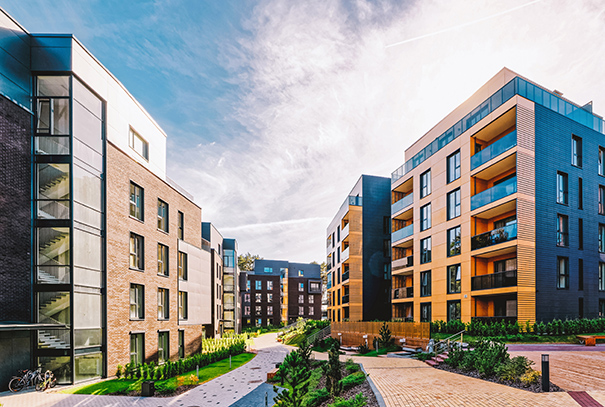
Whilst we are still seeing pricing increases across most sectors, these are plateauing following previous adjustments. It would be an exaggeration to say that we are at the flat renewal stage, but we expect to start seeing flat rates being offered over the next 12-18 months to some clients, depending on the performance of their individual portfolios.
Property Reinsurance Market Renewals 2022
Many of the direct property insurance market pricing and coverage behaviours are as a response to reinsurance market terms and renewals. As such, we can look to the outcomes of renewals in this market for a steer as to where the direct property market is likely to go in 2022.
As explained in far more detail in our Gallagher Re report issued at the start of January, the United Kingdom property reinsurance market remained largely loss-free in 2021. This resulted in only modest pricing increases in the low single figures for most programmes, with plenty of capacity available. A number of reinsurance programmes with COVID-19 losses on them remain, meaning these often heavily dictated the renewal discussions.
Across the continent, however, a number of territories such as Germany, Switzerland, Austria and Belgium experienced significant natural catastrophe losses in 2021, driving prices up noticeably on these programmes.
As a result, we expect 2022 to be a year where, depending on corrections over the last 24 months, prices start to plateau, with insurers just beginning to regain confidence in the UK property market once more.
Long Term Agreements (LTAs)
Whilst LTAs have been largely absent in the last two years as insurers look to correct their books; some insurers are now beginning to offer long term agreements once more. These tend, however, to come with staggered rating increases rather than decreases, across a 2 or 3 year period — at least providing clients with an element of certainty for future budgetary purposes.
Natural catastrophes
There is currently a real focus on natural catastrophe exposures across the UK and Europe. The recent flooding in Europe has led to insurers reviewing their limits, excesses and pricing in this area.
Residential challenges
The other area for continued scrutiny is residential risks, especially where almost any form of cladding is present. Fewer and fewer insurers are willing to write business in this space, either due to an adverse loss history or due to a relative lack of appetite to grow in any areas other than their absolute target areas, of which residential is almost never one. Where cladding is present then a robust and urgent plan to address any issues is an absolute must.
Capacity
Capacity remains an ongoing issue in the market with insurers continuing to be cautious about what level of support they will offer. Whilst the total amount of capacity in the market is not a concern, insurers willingness to deploy large volumes of capacity on a single risk has diminished, meaning we are seeing more and more risks, where two or more insurers are required to complete the placement.
What can clients do?
Quality and comprehensive information remains the key ingredient to obtaining favourable terms from insurers. Construction details, fire protection and robust risk management planning allows insurers to review risks in the best possible light, thus leading to an increase in accessibility to more competitive offerings. Failure to provide updated information is leading to insurers saying ‘no’ to many more risks than they would have in a softer market environment.
Lead times are also longer than we have seen in many years. Negotiation with insurers — since they need time to scrutinise information provided — means that renewals need to be started as early as possible. Fast turnaround with a relative lack of information and positive decisions are a thing of the past. It is therefore essential to understand insurers’ appetite and present risks to the correct market in the most comprehensive way in order to achieve a positive outcome in terms of pricing and cover.


